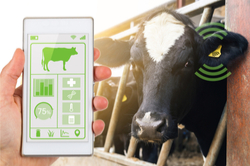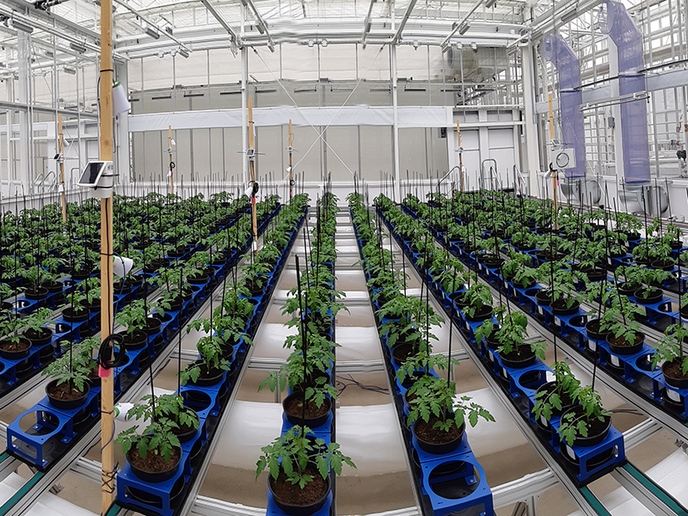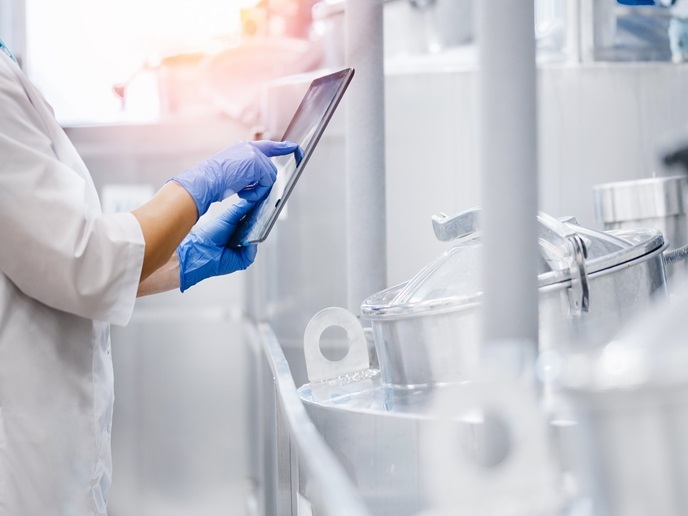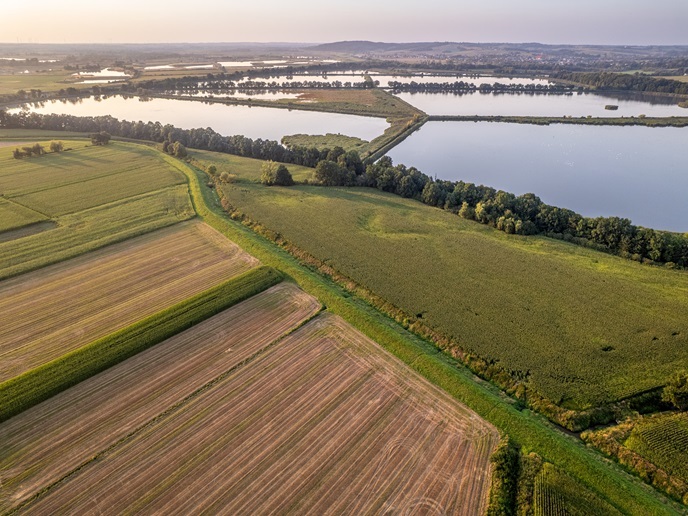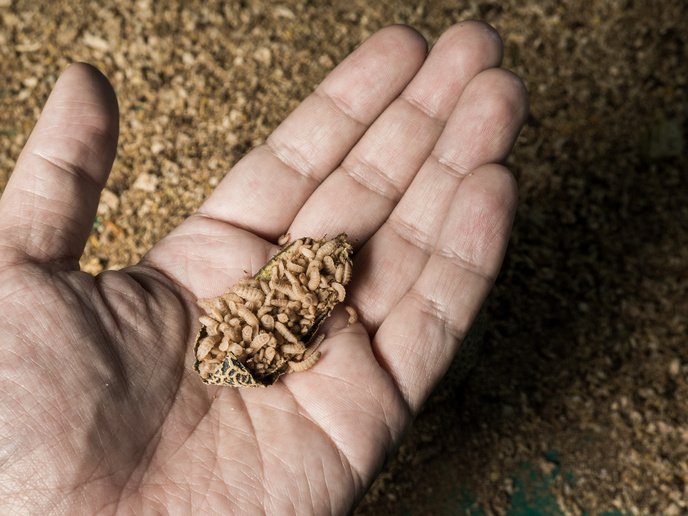Sharing data and experience to benefit sustainable dairy farming
The EU-supported 4D4F network(opens in new window) was established to help dairy farmers base management decisions on data, such as that gathered by sensing equipment, leading to best practices for more sustainable dairy farming. Sharing knowledge 4D4F has evolved around a European-wide Community of Practice (CoP) to share knowledge, both physically and virtually. As project coordinator, Mr Richard Lloyd explains, “It was important to focus on subjects determined in a bottom-up way. So the community voted on what was important for them. Out of this we arrived at 12 special interest groups.” For each group 4D4F developed a Best Practice Guide, an infographic and a best practice video, all made available in the languages of the project partners. These groups, along with an additional virtual resource known as the Warehouse of Technology, (comprising an overview of, and comparisons between, all of the current technology), were crucial to not only help farmers make the best investment decisions for their particular farms, but also unlock the potential of the technology already owned. One of the key sources of information to inform best practices, came from sensor data. The most common being movement sensors (accelerometers) - described by Mr Lloyd as ‘essentially Fitbits for cows’. These monitor the animals 24/7 and were initially used to alert farmers when their animals were ready for breeding. However, they have been adapted to provide sophisticated health data that can be texted to the farmers when animals are starting to show symptoms of ill-health. Detecting potential problems early allows for preventative measures, rather than resorting to treatments such as antibiotics. Other sensors included video sensors, milk analysers, satellite imagery, temperature gauges and thermal imaging. As Mr Lloyd adds, “Vital to the network’s success was its ability to communicate to farmers in ways that were relevant and understandable to them. This is demonstrated by the fact that over 5000 different users have accessed the site so far this year.” The project’s website has already made available a dairy sensor research report, an industry innovations report which highlighted the state of play at the start of the project, as well as a consumer feedback report. 4D4F has also produced an annual Research Priority Report. Partners have been successfully hosting events in their respective countries. As Mr Lloyd recalls, “One UK workshop(opens in new window) clearly demonstrated the value of combining technologies by identifying and treating lameness in dairy cows, weeks earlier than it could be done by experienced stock-people on the best managed farms - improving animal welfare and farm profitability.” Extending Standard Operating Procedures Sensors already make it possible to accurately estimate for each animal aspects like feed intake to identify the most efficient animals in each herd. Future developments lie in being able to integrate these different sensors into one management system, and by leveraging collective data, enable the breeding of robust, disease resistant and efficient livestock. These aims are currently under development by the EU-supported project NEFERTITI of which 4D4F is one of 10 networks. “I am passionate about a dairy industry that is kind to both farmers and their livestock, and firmly believe that the use of technology is the key to achieving this,” Mr Lloyd concludes.



